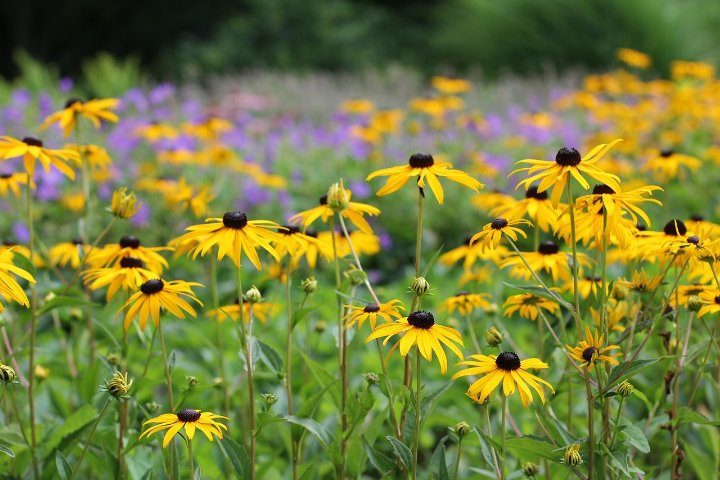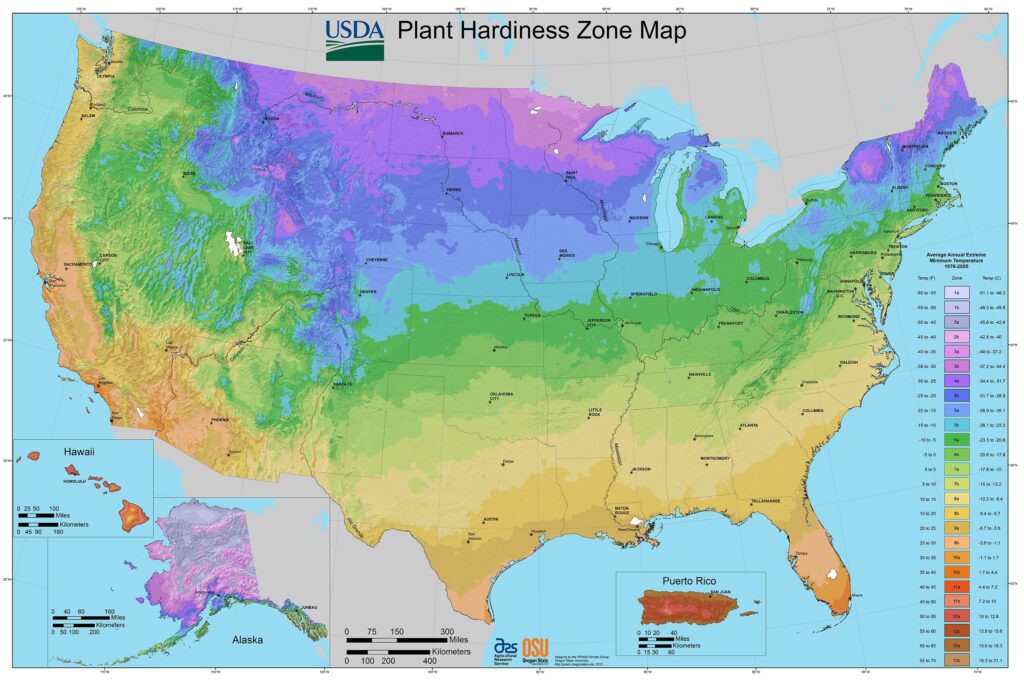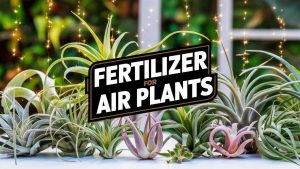Rudbeckia, commonly known as Black-Eyed Susan, is a stunning perennial flower that adds a burst of vibrant color to any garden or landscape. With its cheerful yellow petals and distinctive dark centers, Rudbeckia is a favorite among gardeners for its resilience, easy maintenance, and long-lasting blooms. Let’s explore the steps to cultivate these beautiful flowers and keep them thriving year after year.
Best Rudbeckia Varieties
| Image | Name | Rating | Shop |
|---|---|---|---|
 | Perennial Rudbeckia |  | |
 | Rudbeckia Cherry Brandy |  | |
 | Rudbeckia Hirta Flower |  |
Rudbeckia Hardiness Zones
One of the remarkable qualities of Rudbeckia is its adaptability to a wide range of climates. It is hardy in USDA zones 3-9, making it suitable for growing in various regions across the United States. Whether you live in a cooler northern area or a warmer southern region, you can enjoy the beauty of Rudbeckia in your garden or landscape. Choose the appropriate cultivars for your hardiness zone to ensure successful growth and flowering.
How Much Sun Do Rudbeckia Need
Rudbeckia thrives in full sun conditions, requiring at least six hours of direct sunlight per day to bloom abundantly. Plant them in a sunny location where they can bask in the sunlight and showcase their vibrant colors. With proper sun exposure, Rudbeckia plants will produce more flowers and display healthier foliage. In regions with scorching afternoon sun, Rudbeckia can tolerate partial shade, but full sun is ideal for optimal growth and flowering.
Rudbeckia Soil Requirements
Rudbeckia prefers moist, well-drained soil that is rich in organic matter. It can tolerate a wide range of soil types, including clay, loam, and sandy soils, as long as the drainage is good. Aim for a soil pH that is acidic to neutral, typically ranging from 6.0 to 7.0, to create optimal growing conditions for your Rudbeckia plants. Avoid waterlogged or compacted soil, as it can lead to root rot and other moisture-related issues.
Rudbeckia Plant Spacing
When planting Rudbeckia, space the plants approximately 2-3 feet apart, depending on the variety and desired coverage. This spacing allows each plant enough room to grow and spread, resulting in a lush and full display of flowers. Whether you’re planting Rudbeckia in garden beds, borders, or containers, ensure adequate spacing to prevent overcrowding and promote healthy growth. Follow spacing recommendations provided on the seed packet or plant label for best results.
Rudbeckia Water Requirements
Water newly planted Rudbeckia regularly to establish strong root systems, but once established, they typically require little to no supplemental watering. During the first year of growth, water Rudbeckia plants regularly, providing approximately one inch of water per week. Once established, Rudbeckia is drought-tolerant and can handle periods of dry weather without significant water needs. Allow the soil to dry out between waterings to prevent overwatering and promote healthier root development.
Rudbeckia Temperature and Humidity Requirements
Rudbeckia prefers warm temperatures and is well-suited to hot summer climates. It can tolerate a wide range of temperature fluctuations, making it an excellent choice for regions with varying seasonal weather patterns. Additionally, Rudbeckia is not overly sensitive to humidity levels and can thrive in both low and moderate humidity environments. Proper spacing between plants allows for better air circulation, reducing the risk of fungal diseases associated with high humidity.
Rudbeckia Fertilizer Requirements
One of the advantages of growing Rudbeckia is its ability to thrive in poor soil without the need for supplemental fertilization. These low-maintenance plants can obtain essential nutrients from the soil and organic matter, making them an easy-care option for gardeners. Avoid over-fertilizing Rudbeckia, as excessive nutrients can lead to lush foliage at the expense of flowers. Instead, focus on providing well-amended soil and occasional top-dressing with compost to promote healthy growth and flowering.
Rudbeckia Pests and Diseases
Rudbeckia is relatively pest and disease-resistant, making it a hassle-free addition to any garden. While it may occasionally encounter issues with pests such as aphids, most insects tend to leave Rudbeckia alone. Monitor your plants regularly for signs of pest infestations and take appropriate measures to control them if necessary. Additionally, Rudbeckia may be susceptible to diseases such as Septoria or angular leaf spots and powdery mildew. Ensure proper spacing, good air circulation, and avoid overhead watering to minimize the risk of disease.













